Here's Why the 2020 Mazda3 Has a Torsion-Beam Rear Suspension

Mazdas are expected to drive with a finesse belying their mass-market price tags, to connect with motorists in a way rival vehicles simply don’t. After all, it is the zoom-zoom brand.
They absolutely hang their hat on offering products with engaging dynamics. So, why the hell does the all-new 2020 Mazda3, the Japanese automaker’s latest compact offering, feature a decidedly old-fashioned torsion-beam rear suspension instead of a more advanced multi-link arrangement? There are several important reasons, and one is quite surprising.
Kouta Beppu is the Mazda3 program manager. Speaking through a translator, he explained, “What we wanted out of this car is to keep the behavior as smooth in its transition as possible up until the limits of performance.” The reason for this, Beppu said, is because they desired to have the vehicle behave in a way that feels natural to the person driving it to make it seem intuitive.
“And we… saw that rather than having a multi-link, it was easier for us to have it with the torsion beam because there are less… variables with the torsion beam,” said Beppu. A suspension with fewer points of change should be easier for engineers to fine-tune, but it’s not the only reason to adopt a system like this.
SEE ALSO: 8 Design Secrets of the 2020 Mazda3
Compared to multi-link suspensions, torsion beams are often mechanically simpler, can be lighter and are typically easier to package. That last point, in particular, can pay some important dividends, particularly in the area cargo space. Torsion beams usually sit lower in a vehicle, something that often allows for more trunk room.
And this is also the case with the 2020 Mazda3. Beppu noted the new cargo hold is deeper and more accessible than before. He also said suitcases are easier to fit in there because of the space’s revised shape.
Obviously, the humble torsion beam has its share of important benefits, but it’s still surprising that Mazda engineers opted to go with a suspension arrangement that doesn’t provide the best-possible dynamics. “So, if you were… driving around a circuit, [at a] track day or whatever, and you’re going around a high-G corner, of course, multi-link, in that particular instance, will have its advantage,” said Beppu. “But, if you think about real daily driving, the vast majority of cases there’s no difference between the two in this area.”
ALSO SEE: New Mazda3 Lands With Skyactiv-X Engine, Available AWD
The choice engineers have made seems like a curious step backwards for Mazda, a move in the wrong direction, though given their track record of delivering exceptionally engaging vehicles there’s probably little to worry about. We can’t wait to test the 2020 Mazda3 at some point next year, to see if it truly handles as well as Beppu says it does.
Discuss this story on our Mazda3 Forum

Born and raised in metro Detroit, Craig was steeped in mechanics from childhood. He feels as much at home with a wrench or welding gun in his hand as he does behind the wheel or in front of a camera. Putting his Bachelor's Degree in Journalism to good use, he's always pumping out videos, reviews, and features for AutoGuide.com. When the workday is over, he can be found out driving his fully restored 1936 Ford V8 sedan. Craig has covered the automotive industry full time for more than 10 years and is a member of the Automotive Press Association (APA) and Midwest Automotive Media Association (MAMA).
More by Craig Cole



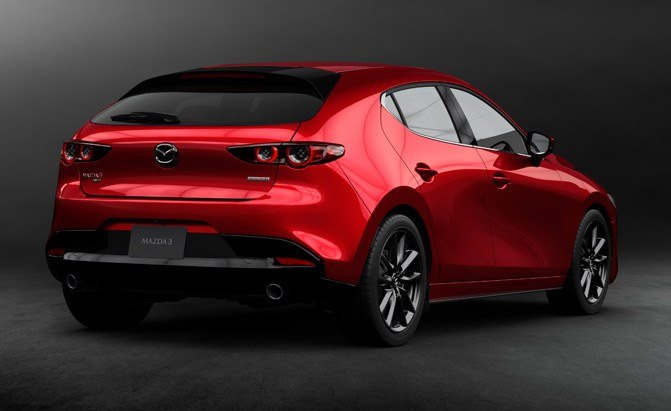
















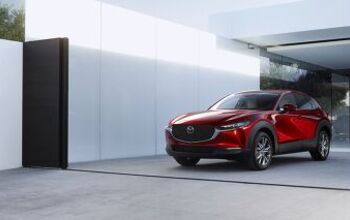


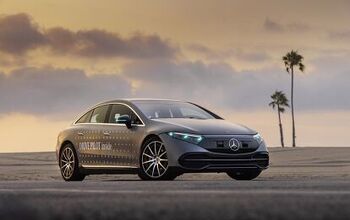


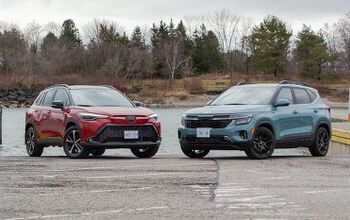



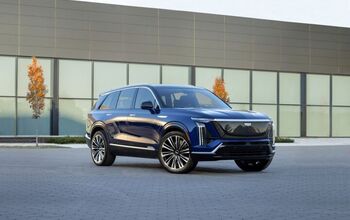
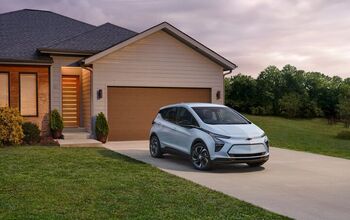


Comments
Join the conversation